Dragon Fruit and Starfruit are two different, yet fascinating, exotic fruits. These unusual tropical fruits are delicious and packed with health benefits.
As a holistic nutrition specialist, I love to explore the world of nutrient-dense fruits and vegetables.
As a mother of young children, I try to incorporate a variety of unique foods with a spectrum of nutritional benefits. Naturally, I was drawn to two very interesting contenders: dragon fruit and star fruit.
Used in moderation each of these tropical fruit options has a variety of nutrients and benefits for most people.
In an earlier article, we examined the differences between prickly pear fruit and dragon fruit.
Now, let's see how starfruit compares.
This article is written for informational purposes only. As a Certified Holistic Nutrition Specialist, I can share information and experiences. Before making any medical or dietary changes, consult with a qualified healthcare professional.
Jump to:
What is Starfruit?
Starfruit, scientifically known as Averrhoa carambola, is an exotic and tangy tropical fruit originating from Southeast Asia.
This juicy fruit boasts a unique appearance, resembling a star when sliced, hence its name. Beyond its unusual shape, starfruit is celebrated for its distinctive taste and remarkable nutritional value.
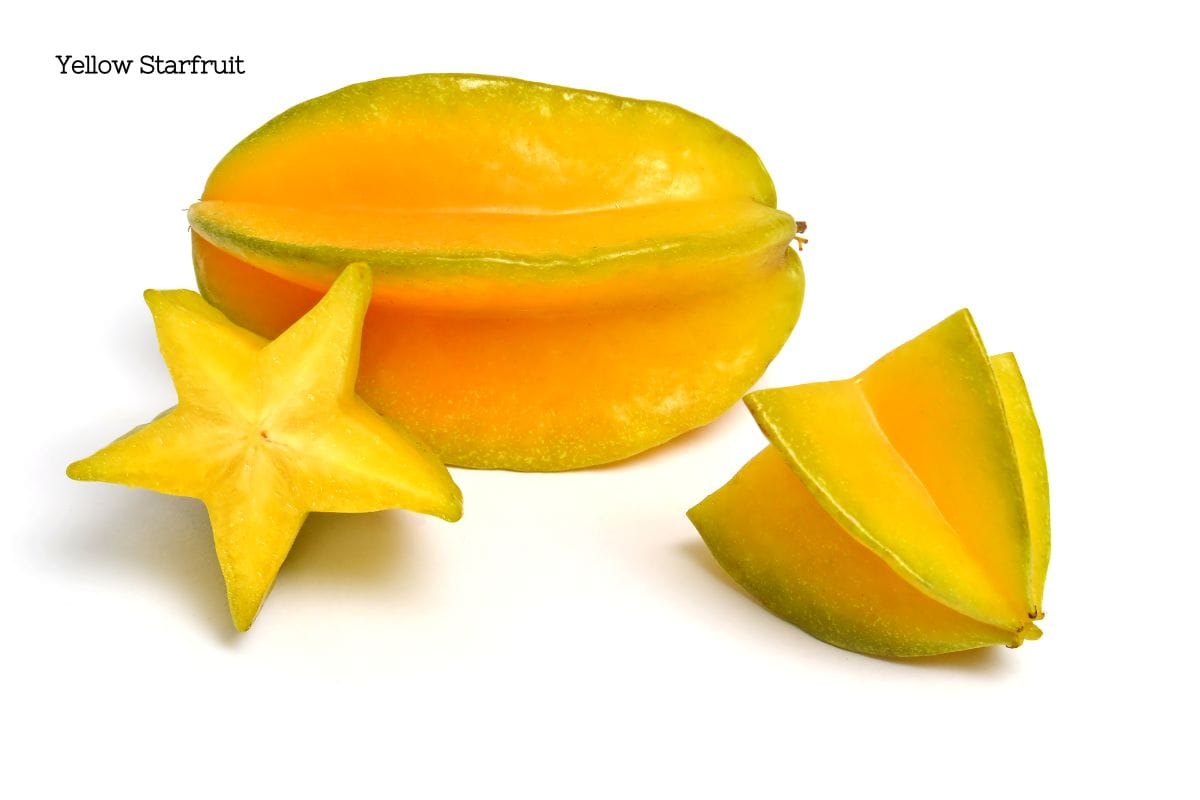
Starfruit is a low calorie sour fruit. It's a good source of fiber, which aids in digestive tract health and may support weight loss efforts.
This fruit has both soluble fiber and insoluble fiber which contributes to a feeling of fullness as well as improves gut health, making starfruit a satisfying and balancing choice for snacking or adding to a fruit salad.
Unique Taste and Appearance: The flavor of starfruit can be described as mildly grape-like, offering a delightful balance of sweetness and tartness. Its tangy taste makes it a tasty snack or addition to various dishes.
Health Benefits: Starfruit contains high levels of antioxidants, which combat free radicals and help protect your cells from oxidative damage. It's also a good source of vitamin C, which can boost your immune system and keep your blood sugar levels in check.
In traditional Chinese medicine, starfruit has been used for many ailments like fever, headache, eczema, and sore throat.
This tropical fruit is also high in flavonoids, alkaloids, tannins, saponins, proanthocyanidins, and gallic acid. Each of these antioxidant compounds lends this superfruit incredibly beneficial properties.
Recent studies have shown star fruit consumption to be a promising contribution to care for those suffering from liver cancer in conjunction with traditional medicine.
 Kejora Fresh Star Fruits - ...Shop on Amazon
Kejora Fresh Star Fruits - ...Shop on Amazon
Considerations
However, it's important to note that starfruit has a relatively high oxalate content, particularly in the unripe star fruit and leaves of the carambola tree.
Oxalates can lead to kidney problems, including the formation of kidney stones, especially if consumed in large quantities.
Caution must be exercised, especially for individuals with kidney issues or those at risk of acute kidney injury or chronic kidney disease. Star fruit toxicity is a real concern, as its oxalic acid can accumulate in the body and lead to kidney damage.
People with kidney issues, including those on dialysis or with liver problems, should avoid the consumption of star fruit altogether. In some cases, its consumption has been associated with acute kidney injury, even leading to renal failure.
If you decide to enjoy starfruit, do so in moderation and opt for ripe fruit with no brown spots. It's advisable to avoid eating starfruit on an empty stomach, to reduce the risk of adverse effects.
Pregnant women and individuals with kidney problems should consult a healthcare professional before adding starfruit to their diet.
Availability: One of the advantages of starfruit is that it is available year-round in tropical regions. You can often find it in your local grocery store, especially during late winter to early spring, making it a convenient choice for those seeking a unique and healthy addition to their diet.
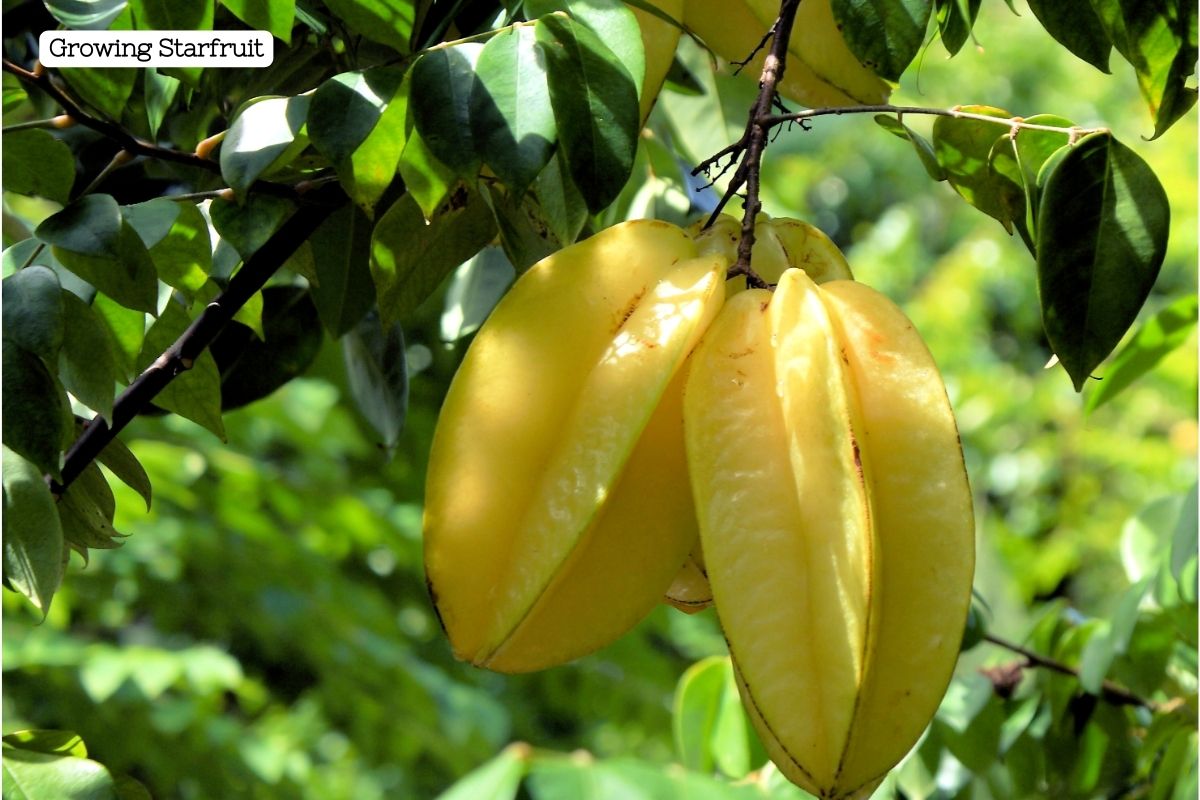
What is Dragon Fruit?
Dragon fruit, also known as pitaya, is an exotic tropical fruit that belongs to the Hylocereus genus. It is actually from a cactus plant. It is native to South America and Central America but has gained popularity worldwide due to its striking appearance and remarkable health benefits.
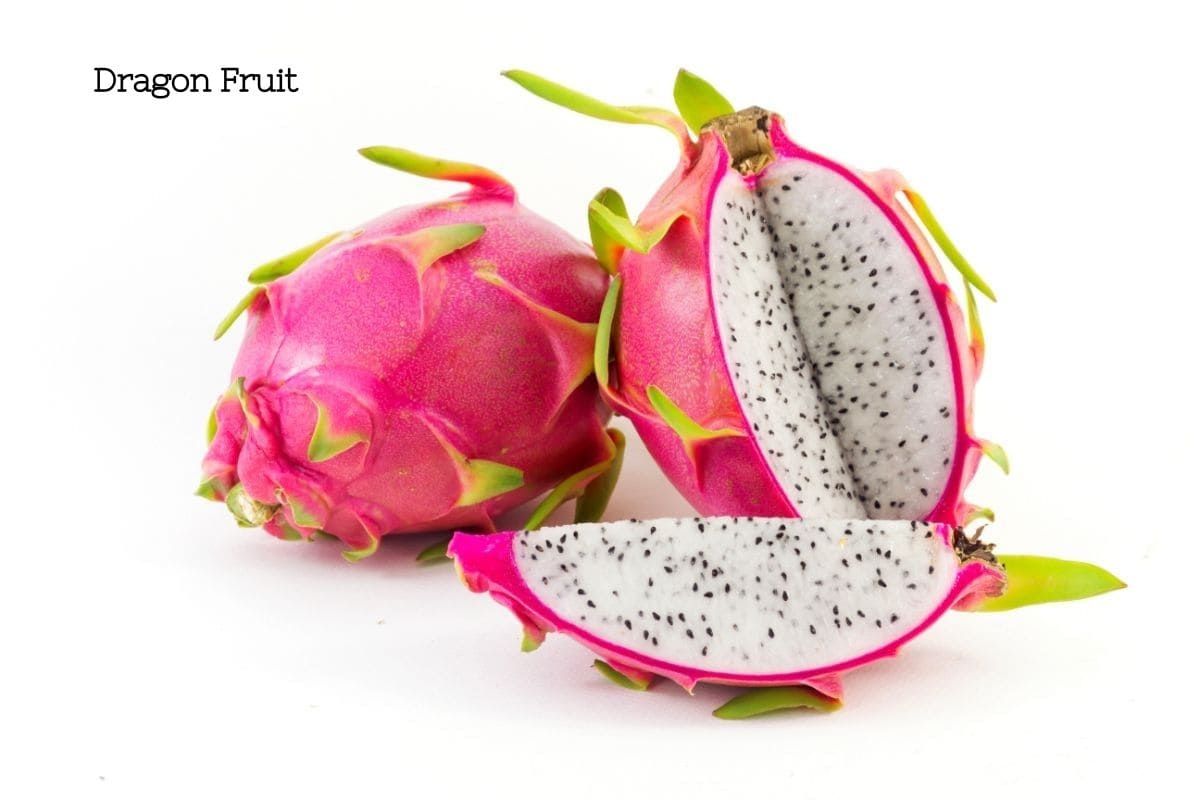
Dragon fruit comes in various types, with the most common being the red-skinned and white-fleshed variety, known as Hylocereus undatus, and the yellow-skinned variety, known as Hylocereus megalanthus.
- Red Dragon Fruit (Hylocereus undatus): This variety boasts vibrant red skin and sweet taste with red or white flesh. It also has tiny black edible seeds. It's an excellent choice for those seeking a visually appealing and delicious fresh fruit. It also has slightly higher antioxidant activity than yellow dragonfruit.
- Yellow Dragon Fruit (Hylocereus megalanthus): With its yellow skin and white flesh, this variety is equally enticing and nutritionally valuable. Yellow Dragon fruit tends to have a more white to yellow flesh with the same tiny black seeds. It also has a slightly higher sugar content than the red variety. However, the nutrient content is very similar.
 Dragon Fruit ConventionalShop on Amazon
Dragon Fruit ConventionalShop on Amazon
Benefits
Dragon fruits are unusual fruits that are packed with essential nutrients, making them one of the most popular fruits in the world of healthy eating. It's an excellent source of vitamins, minerals, and antioxidants that nourish your body.
Dragon fruit is celebrated for its unique antioxidant content. It contains vitamin C, which not only boosts your immune system but also supports the production of collagen for healthy skin.
It boasts an incredible source of polyphenols, phenolic acid, betacyanin, and flavonoids which have incredible health benefits including chemoprotective qualities.
Additionally, dragon fruit is a source of fat-soluble vitamins, including vitamin A, which promotes good vision and a strong immune system.
High Fiber Content: One standout feature of dragon fruit is its high amount of fiber. This fiber aids in digestion, helps regulate blood sugar levels, and supports heart health. It also provides a feeling of fullness, making it a valuable choice for those looking to manage their weight.
Heart Health Benefits: The presence of fatty acids in dragon fruit contributes to its heart-healthy reputation. These fatty acids can help reduce the risk of heart attacks and improve overall cardiovascular health. The fruit's low cholesterol content further supports heart health.
 Organic Dragon Fruit Powder...Shop on Amazon
Organic Dragon Fruit Powder...Shop on Amazon
Unique Appearance
Dragon fruit's appearance is as intriguing as its flavor. Its red or yellow spiky exterior and its white or yellow flesh are speckled with tiny black seeds.
The seeds are the reason pitaya has healthy amounts of omega fatty acids that are being studied more and more for their potential benefits.
Growing Conditions
Dragon fruit thrives in full sun, making it suitable for cultivation in tropical regions. It's relatively easy to grow, making it accessible to those who want to enjoy this unique and nutritious fruit.
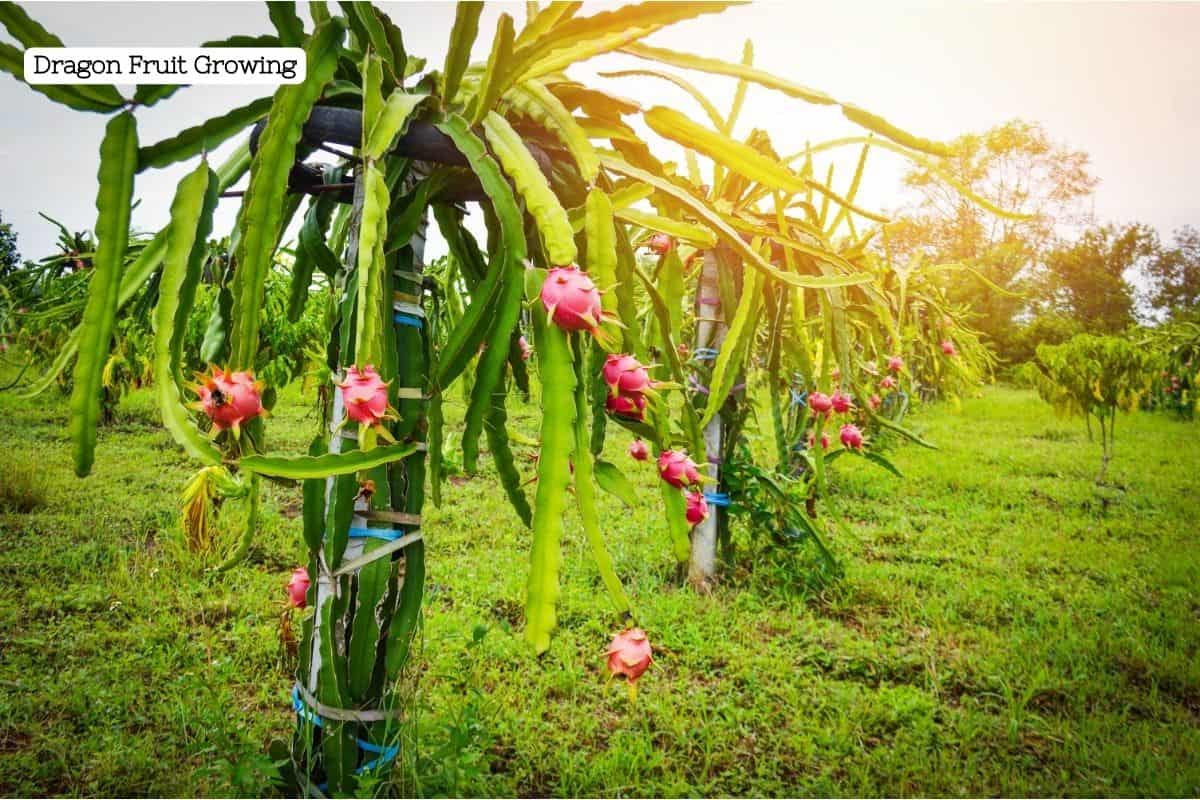
Comparing Dragonfruit to Starfruit
| Nutrient Content (per 100g serving) | Dragon Fruit | Star Fruit |
|---|---|---|
| Calories | 60 | 31 |
| Carbohydrates | 9 g | 6 g |
| Dietary Fiber | 1.9 g | 2.8 g |
| Sugars | 8 g | 3.9 g |
| Protein | 1.5 g | 1 g |
| Vitamin C | 9 mg | 34.4 mg |
| Vitamin A | 1 IU | 58 IU |
| Folate | 3 mcg | 12 mcg |
| Iron | 0.9 mg | 0.2 mg |
| Magnesium | 29 mg | 10 mg |
| Potassium | 9 mg | 133 mg |
This chart was generated using AI technology.
Please note that these values are approximate and can vary depending on factors such as fruit ripeness and variety. Both dragon fruit and star fruit offer valuable nutrients, but the specific nutrient content may influence your choice based on your nutritional goals.
Antioxidant Profiles
- Dragon Fruit: Dragon fruit is packed with antioxidants, particularly vitamin C, and various antioxidants like polyphenols, phenolic acid, betacyanin, and flavonoids. These antioxidants combat free radicals, promoting skin health and overall well-being.
- Star Fruit: Star fruit is equally rich in antioxidants, but its unique combination differs from dragon fruit. It contains its own set of beneficial compounds flavonoids, alkaloids, tannins, saponins, proanthocyanidins, and gallic acid that contribute to immune support and skin rejuvenation.
Culinary Versatility
- Dragon Fruit: This fruit is versatile and can be enjoyed fresh, blended into smoothies, in ice cream, or added to fruit salads. Its vivid color adds aesthetic appeal to desserts and dishes. Dragon fruit is also ground into a powder and used as a superfood booster.
- Star Fruit: Star fruit can be sliced for a refreshing snack, included in salads, dried, or used as an eye-catching garnish. Its distinctive star shape makes it a visually striking addition to culinary creations.
 Yammy Dragon Fruit Chips fo...Shop on Amazon
Yammy Dragon Fruit Chips fo...Shop on Amazon
 Dried Star Fruit | 1 lb - D...Shop on Amazon
Dried Star Fruit | 1 lb - D...Shop on Amazon
Growing Regions
- Dragon Fruit: Dragon fruit thrives on cactus-like plants and is typically cultivated in tropical regions, including Southeast Asia, Central America, and parts of the United States like Florida and California.
- Star Fruit: Star fruit, also known as carambola, grows on small trees native to Southeast Asia but is now cultivated in various tropical and subtropical regions worldwide.
Nutrient Content
- Dragon Fruit: Dragon fruit is a rich source of dietary fiber, vitamin C, vitamin B, and essential minerals like iron and magnesium. It supports digestive health and boosts immunity.
- Star Fruit: Star fruit provides vitamin C, potassium, dietary fiber, and its own unique blend of antioxidants. It's known for its low-calorie content, making it suitable for calorie-conscious individuals, including specialty diets like the HCG diet.
Flavor Profile
- Dragon Fruit: Dragon fruit offers a mildly sweet and delicately floral flavor with a texture reminiscent of kiwi or pear. It's a refreshing choice for those who enjoy subtle sweetness.
- Star Fruit: Star fruit presents a tangy-sweet flavor, often described as a delightful blend of pineapple and citrus by some and grape-like flavor by others. Its distinctive taste adds zest to dishes and beverages.
Plant Classification
- Dragon Fruit: Dragon fruit is the fruit of the cactus species Hylocereus, categorizing it as a cactus fruit.
- Star Fruit: Star fruit is produced by the carambola tree, classifying it as a tree fruit.
These two exotic fruit varieties come from different families. The starfruit is from the carambola family, while dragon fruit is from the hylocereus family or cactus family. Both fruits are uniquely shaped and colored and carry their own nutritional profiles and uses.
Starfruit can cause starfruit toxicity due to the neurotoxin caromboxin as well as its oxalic acid content. In excessive amounts, it has been known to trigger neurological as well as renal effects. To avoid this, it is generally recommended to consume starfruit when it is neither underripe nor overripe.
This juicy, but firm fruit has a sweet and tangy flavor. Its unique flavor tends to taste more along the lines of a cross between grapes, pears, and oranges.
Final Thoughts
In deciding between dragon fruit and star fruit, consider your flavor preferences, nutritional goals, and culinary intentions. Both fruits offer exceptional health benefits through their unique antioxidant profiles, and their appearances can enhance the visual appeal of your dishes.
Whether you choose the antioxidant-rich dragon fruit or the tangy-sweet star fruit, both can play valuable roles in your holistic nutrition journey.
Do you prefer star fruit or dragon fruit? Let us know in the comments below! Don't forget to sign up for our newsletter for more up-to-date wellness info and recipes.
Have a healthy day!
Natalie

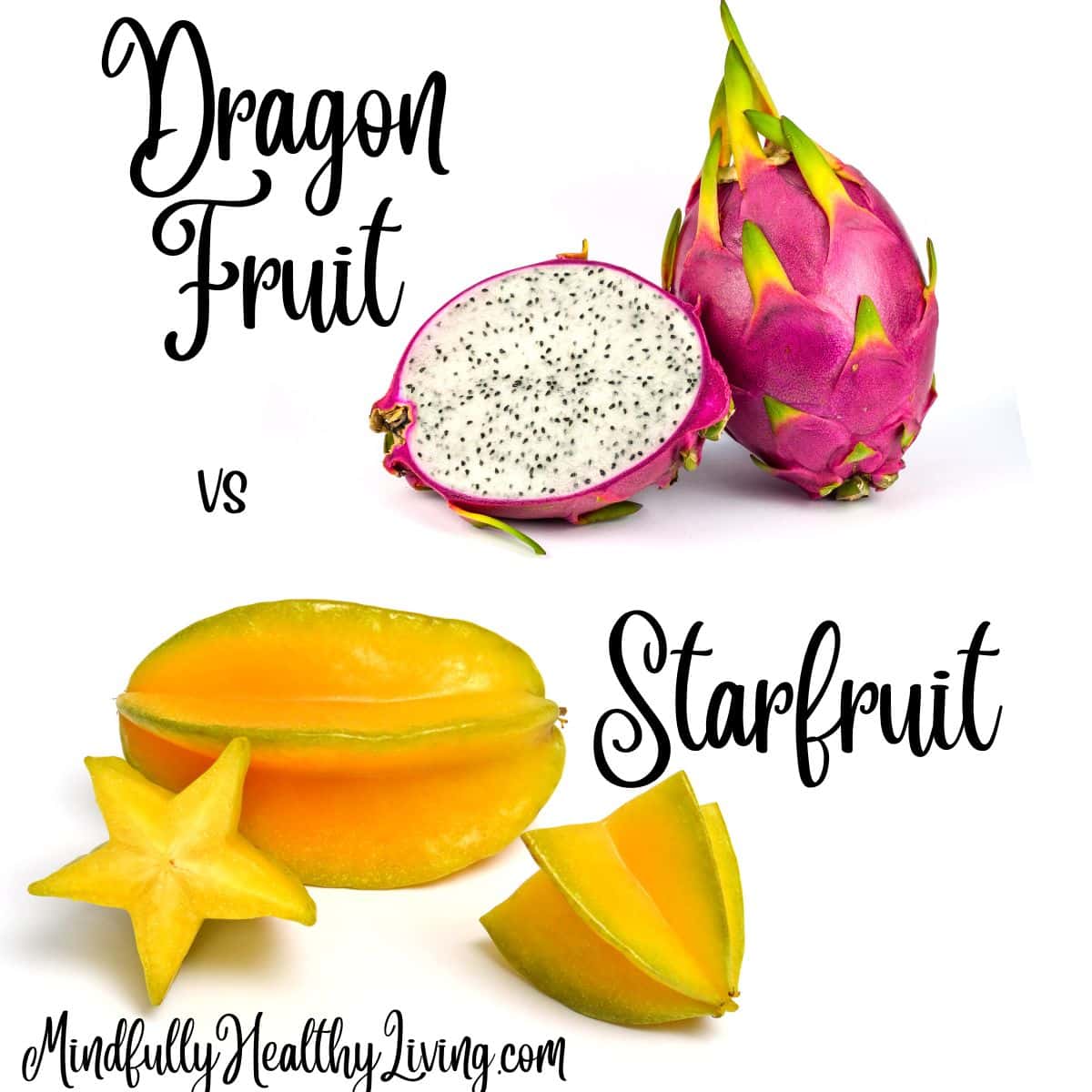



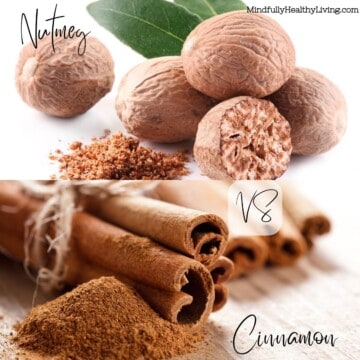
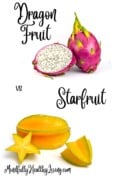
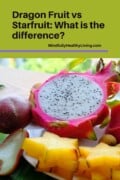

Comments
No Comments